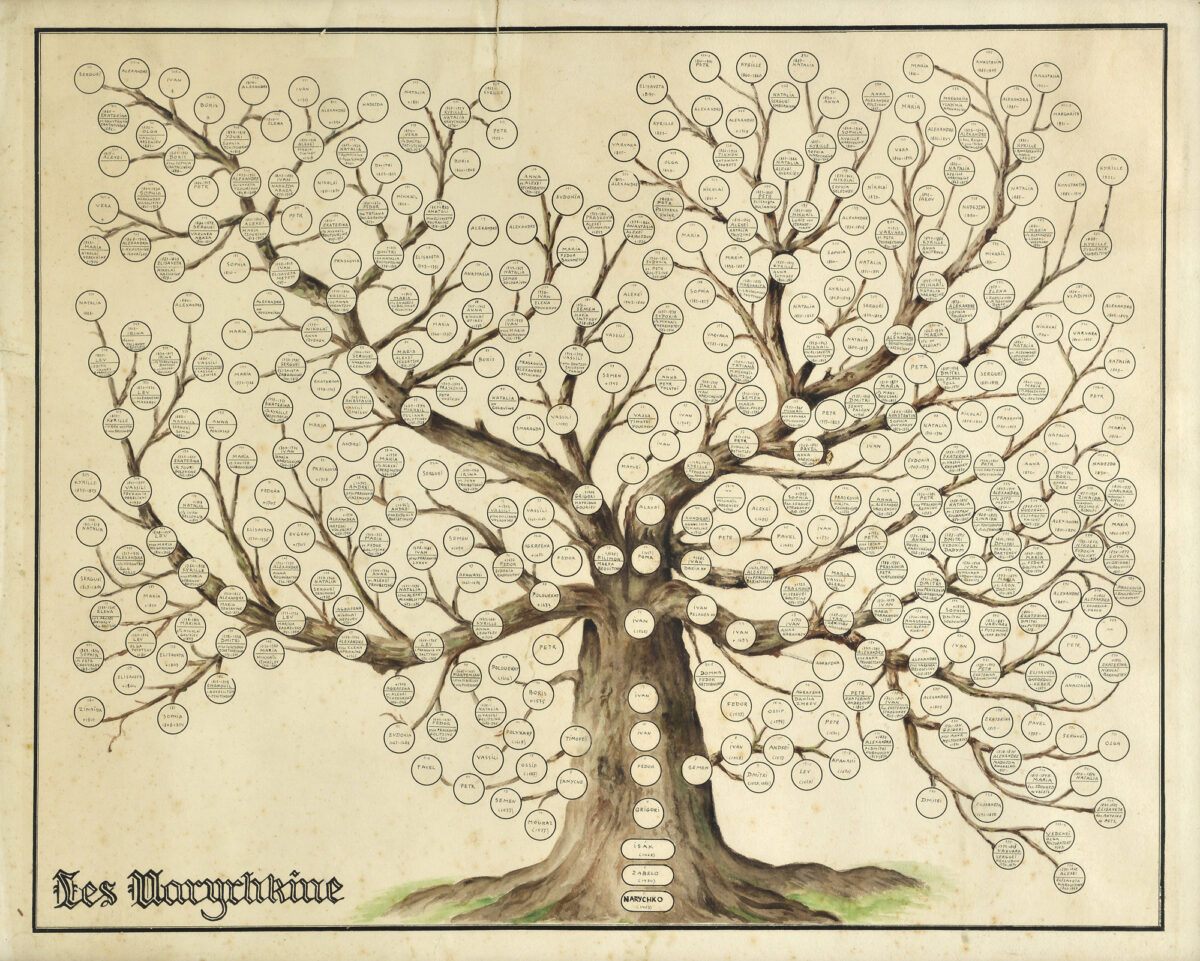Many students may be unaware that we have access to Ancestry.com simply for being enrolled at DePaul. As the world’s largest genealogical website, Ancestry.com is home to millions of census, immigration, military, and vital records — and you only need your Campus Connect ID and password to access them! So what exactly is genealogy? Derived from Greek, genealogy is the study of families and the process of tracing family lineage through history. As the popularity of genealogy has grown in recent years, so has the number of people wondering what to do with new information about their ancestors — that’s where the written family history comes in.
Family histories are their own genre of writing. Because there are many ways you can craft your family history, no one way is better than another. Luckily for genealogy enthusiasts everywhere, the Internet is home to all kinds of tips and tricks to master the written legacy of your ancestors. Compiled below is my list of suggestions which will hopefully make family histories user friendly.
- Start with basic research
- Before you jump into Ancestry.com, try and gather the most accurate list of any and all information you might have about your ancestors. Knowing names, birth/death years, marriages, occupations, and places your ancestor(s) lived are all helpful when shifting through census records (and a little patience never hurt!).
- Depending on how far back your research takes you, feel free to reach out to family members who might have information about your ancestor(s). Used in combination with records, anecdotal stories can help bring your family history to life.
- Spend some time getting to know the time period your ancestor(s) lived in. Historical context will give you a better sense of what life was like for your family.
2. Compile your findings
- Because navigating old records can be tricky, even when they are digitized, it is important to maintain organized findings.
- I like to keep what I call ‘seasonal family trees.’ The first tree looks like a tree in the dead of winter because it only has names and dates. The second tree looks more like a springtime tree because it has not only names and dates, but also occupations, places of residency, and any other informative details.
- Once you feel you have enough information, start to look for any themes and/or patterns. For example, do you come from a long line of military officers? Did your ancestors move around frequently, or did they own some kind of family business or farm? Themes and patterns like these will likely influence the focus of your family history.
3. Start the writing process!
- The most important thing to remember is to be honest. Like all historical scholarship, let the information you have, not the information you want, shape your family history.
- Plan for organization and scope. Will each section focus on one person? Or will your family history take a more thematic approach? Maintaining consistency will allow you to construct a cohesive narrative.
- Consider an outline. Even if you aren’t a fan of outlining, they make working with multiple records of different natures much easier.
Everyone’s family history is different, just like everyone’s writing process is different. Remember, if you feel the need for a second set of eyes, feel free to bring your family history into the UCWbL!


One reply on “Writing Your Family History”
You had me at, “we have access to ancestry.com!” This is a great post, thank you for informing us.